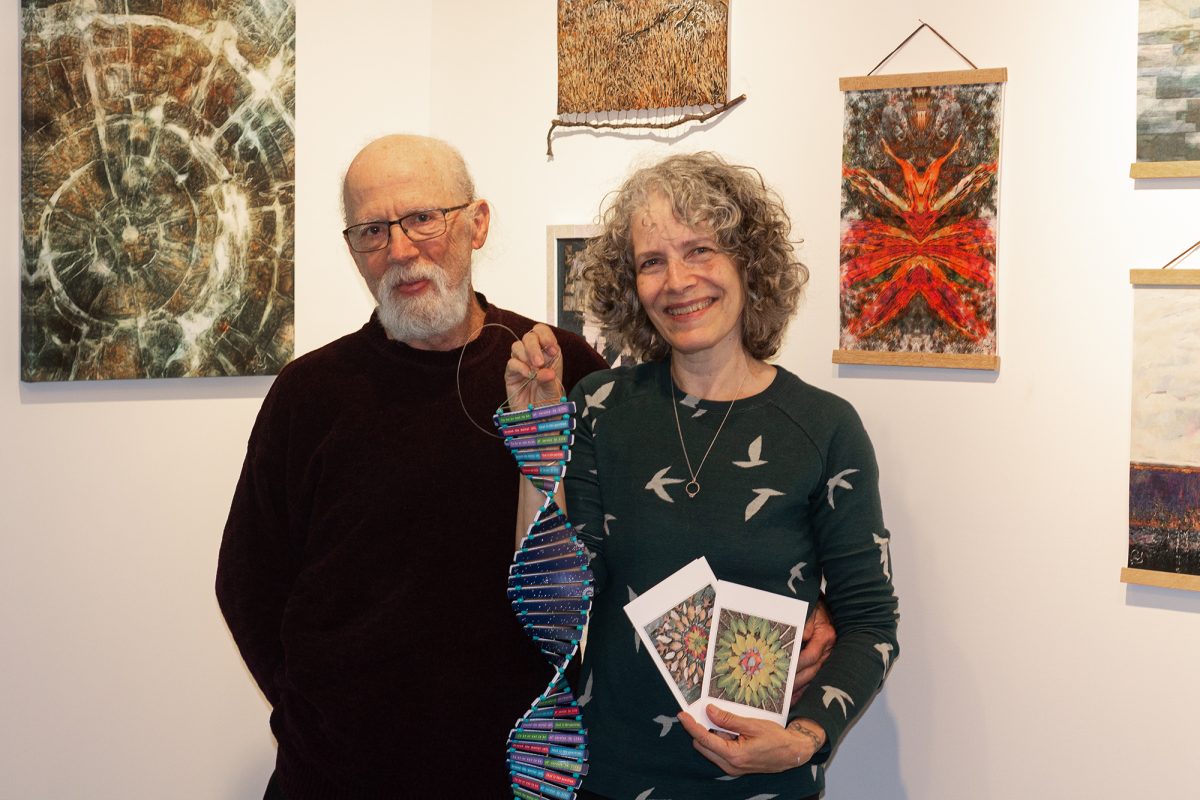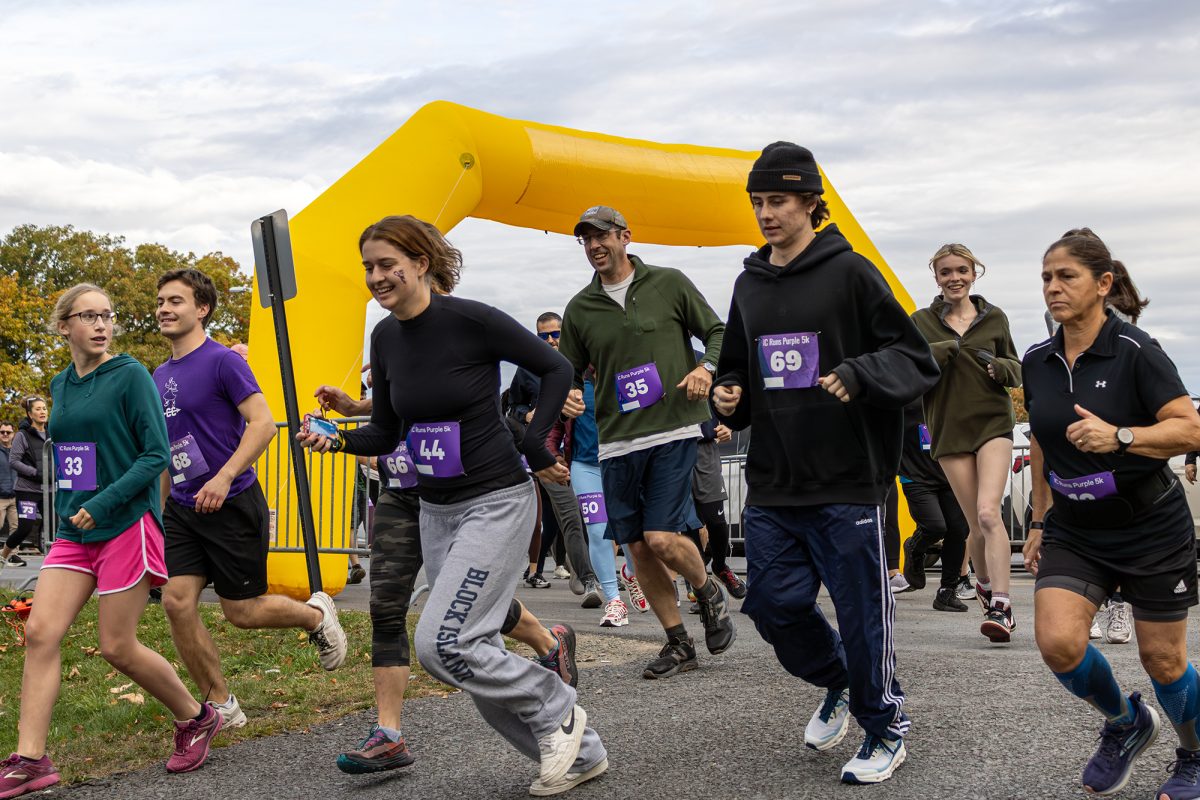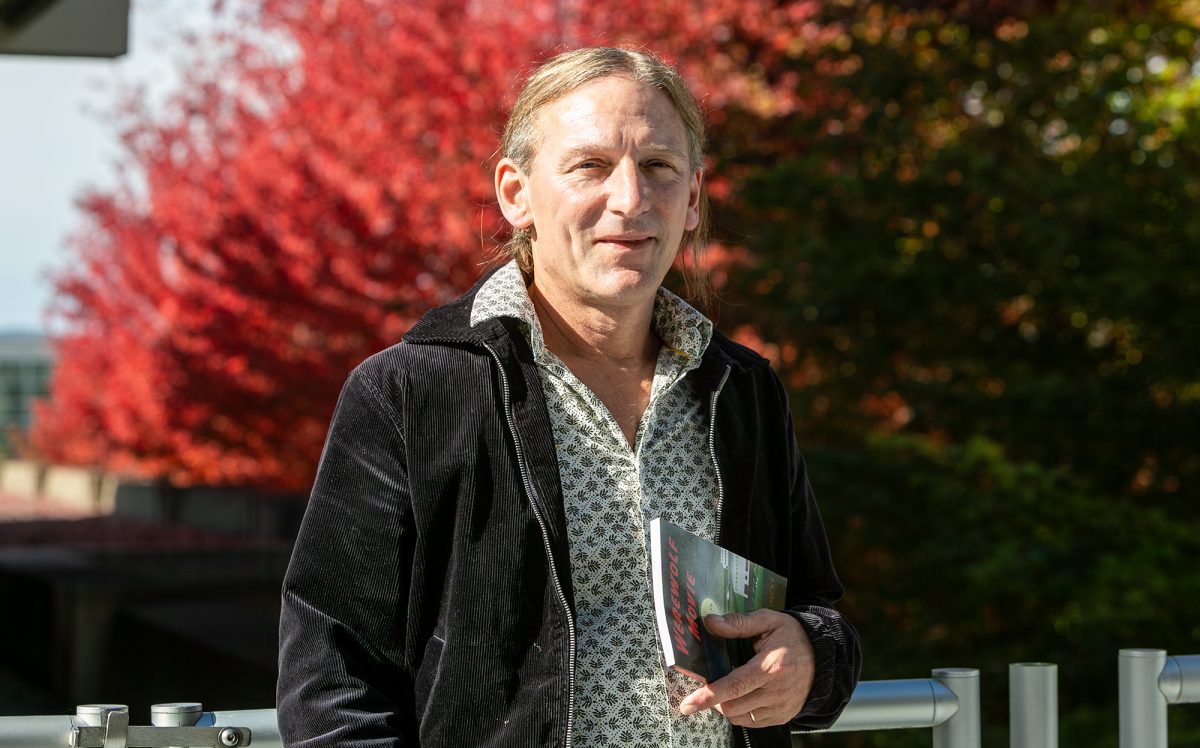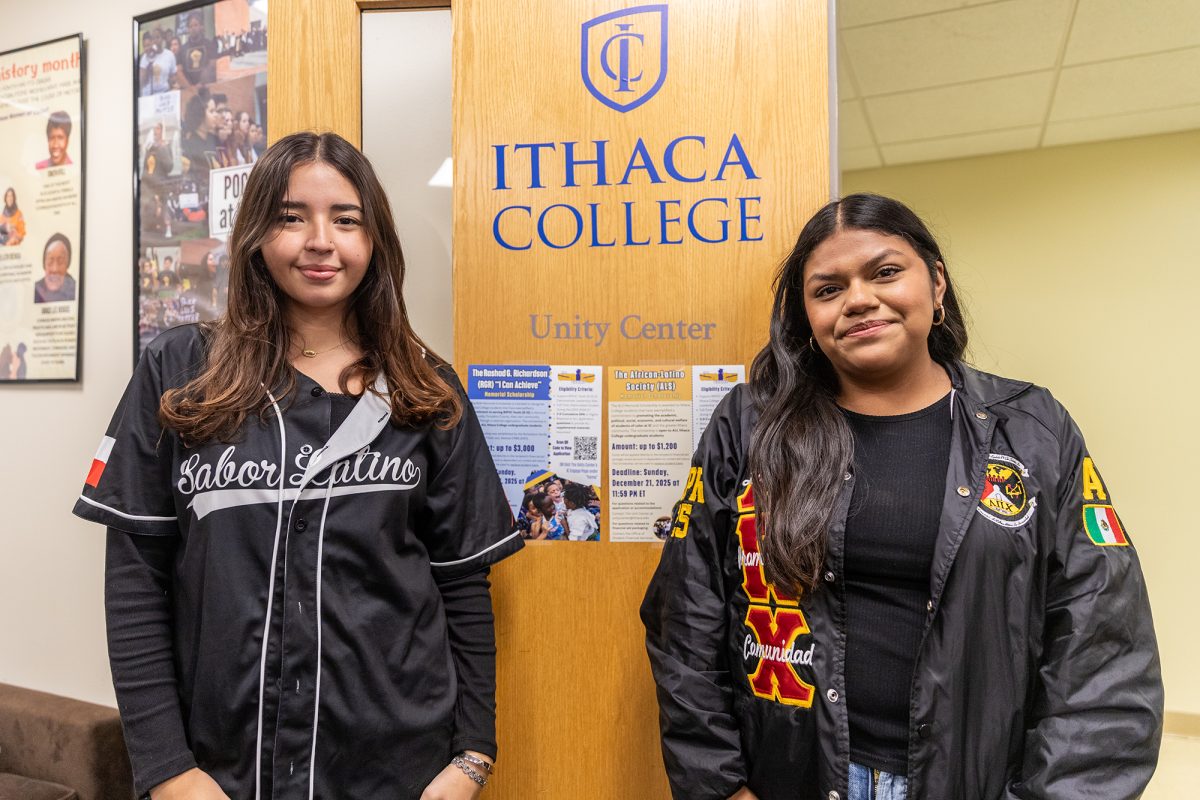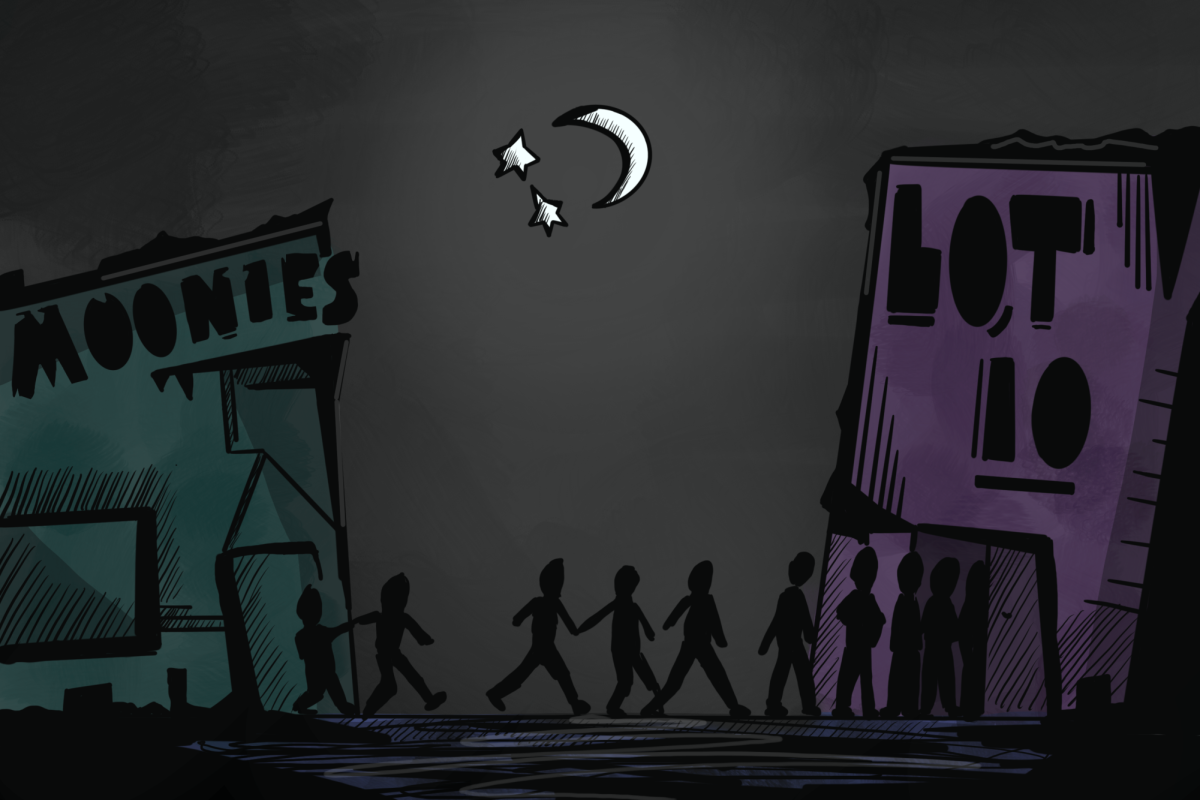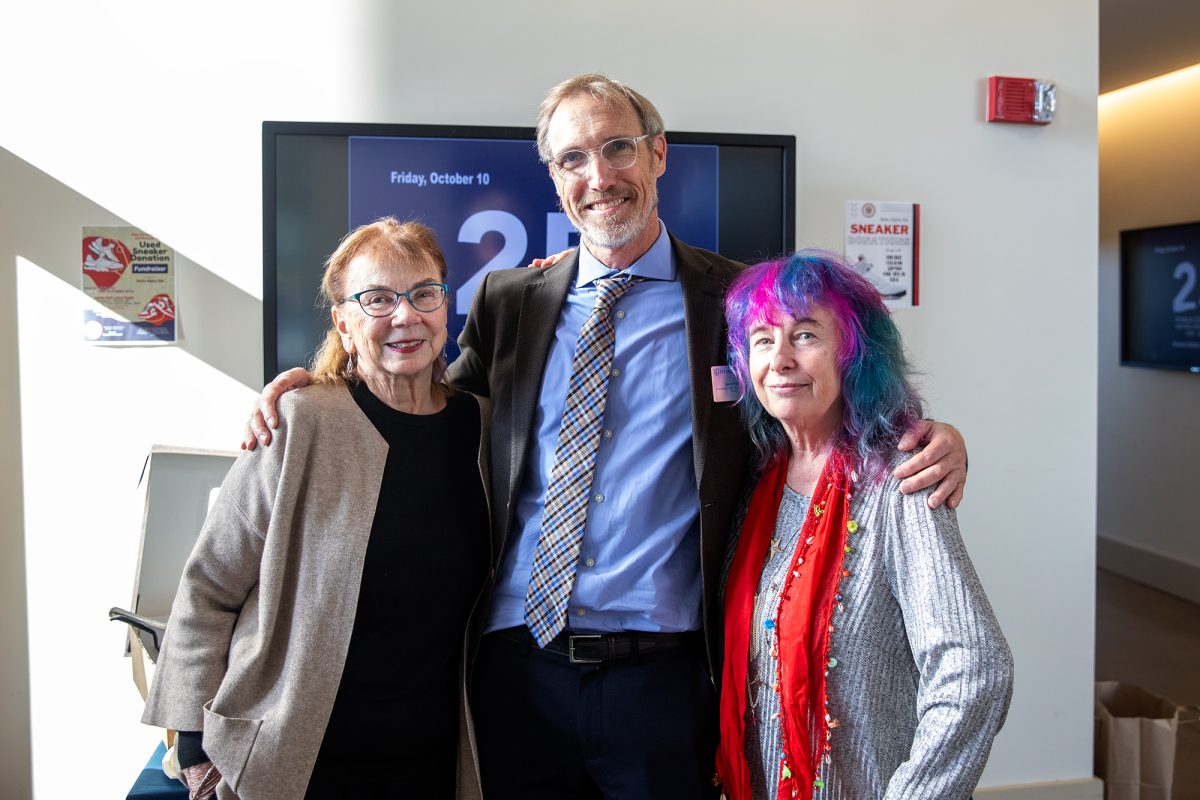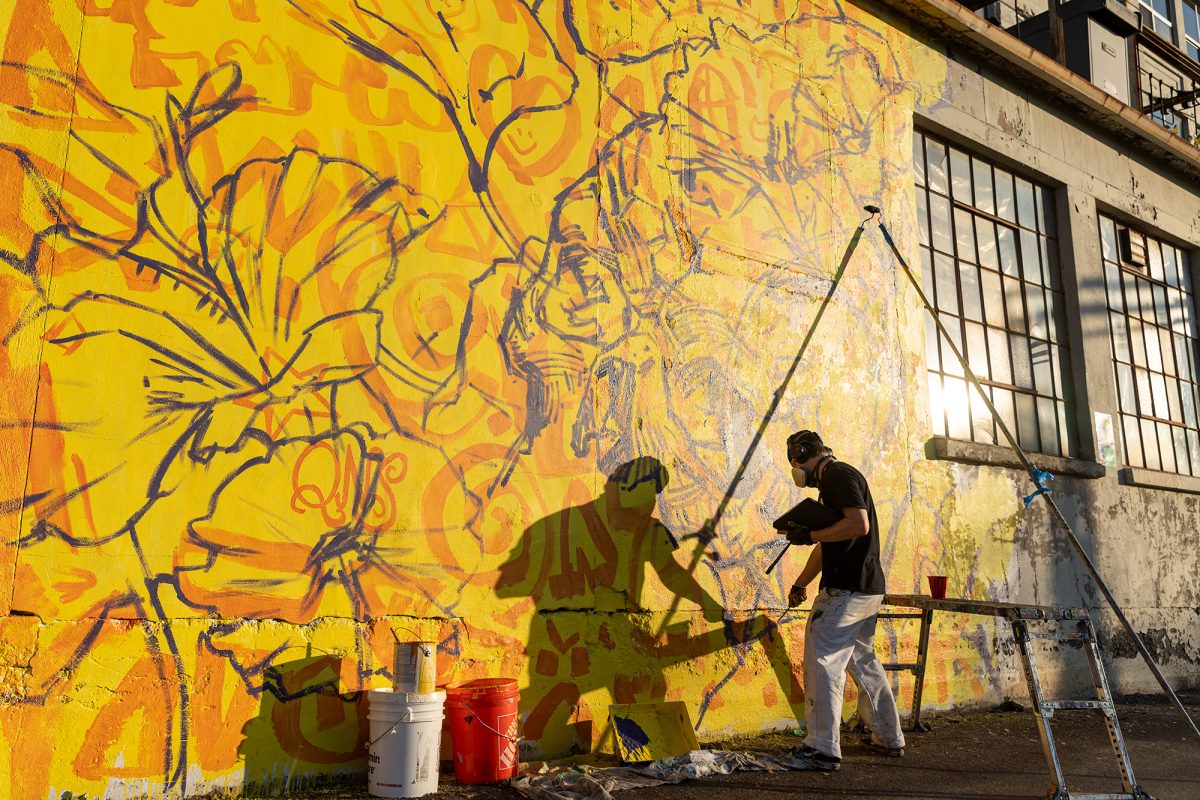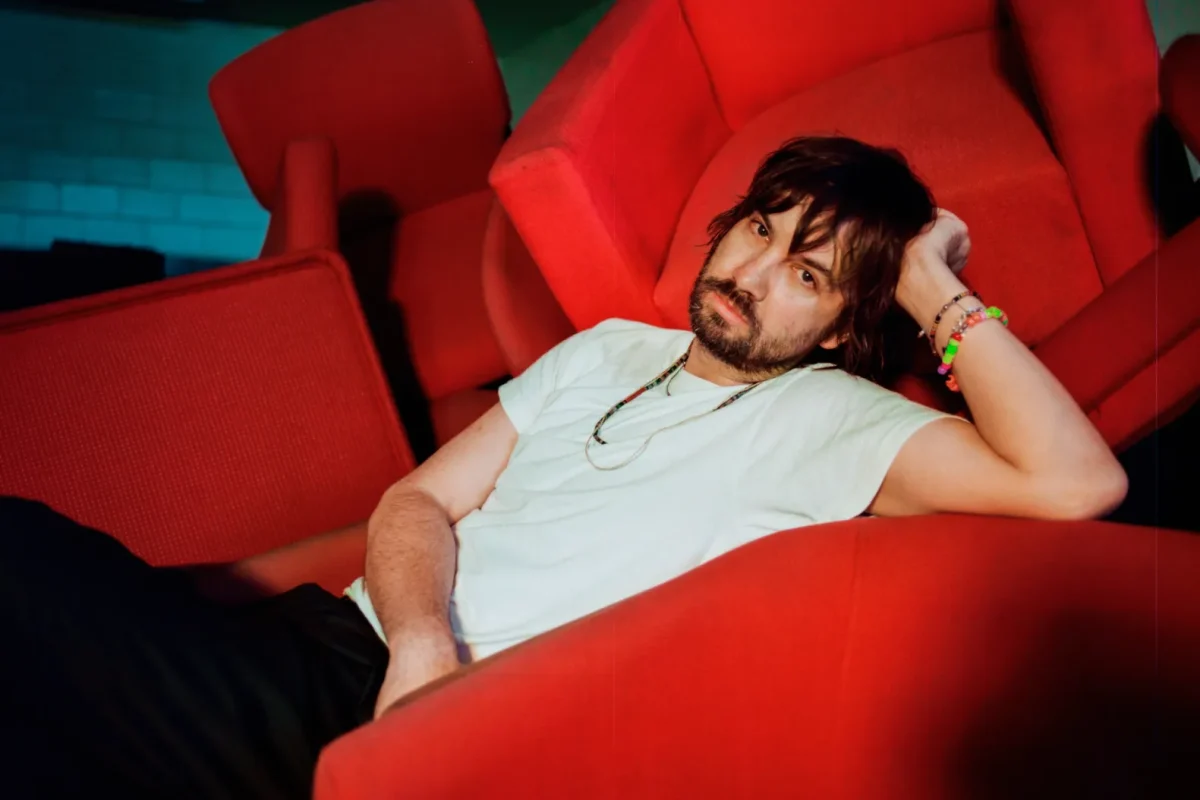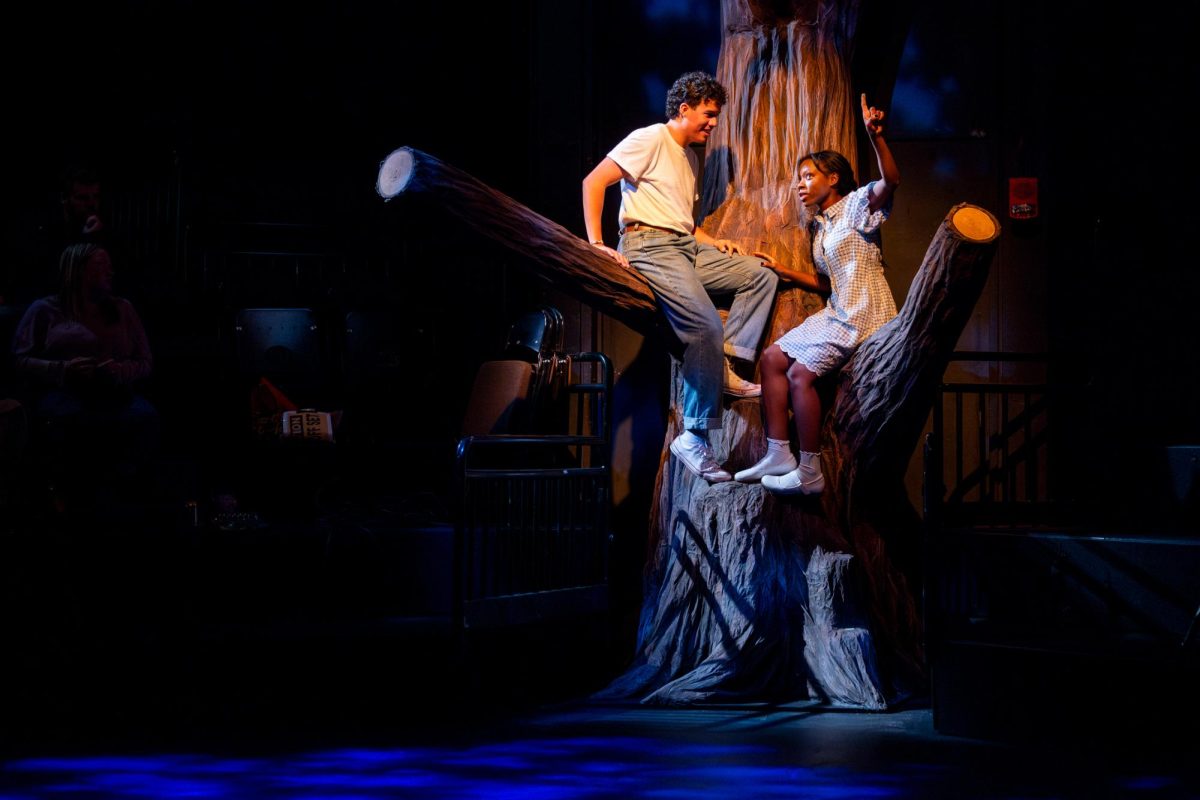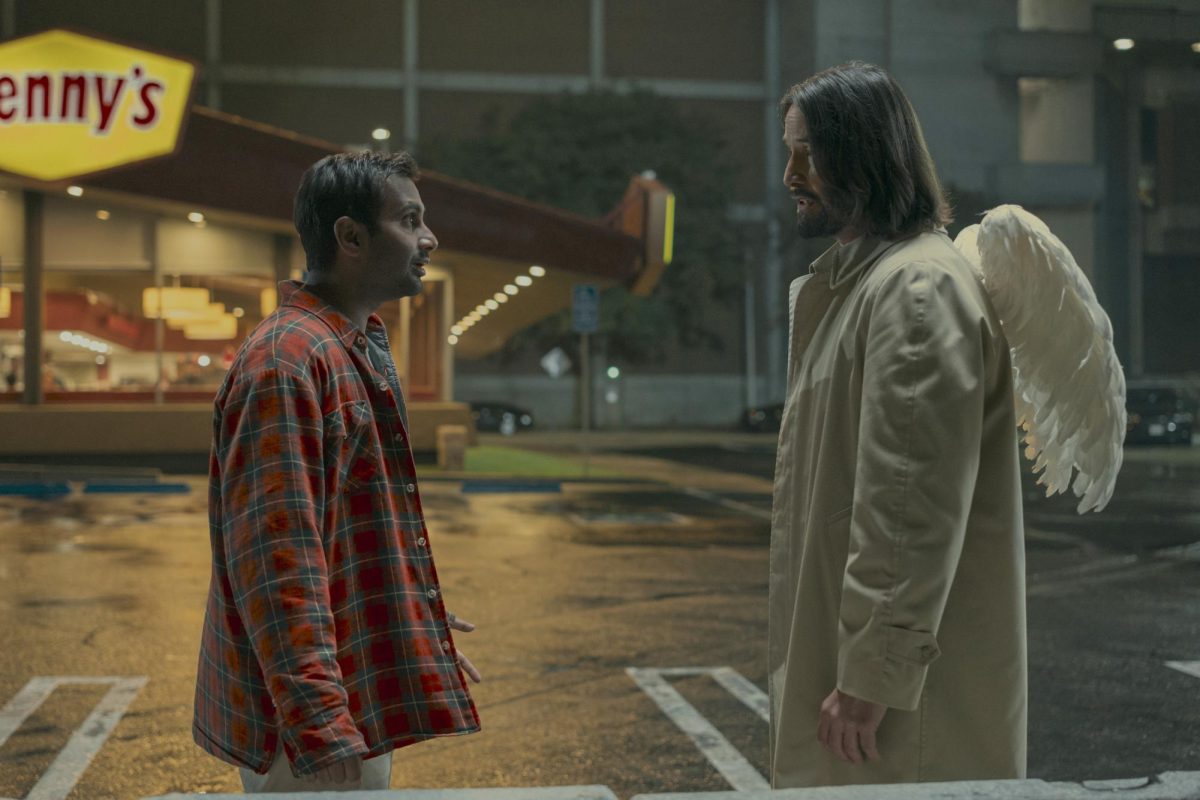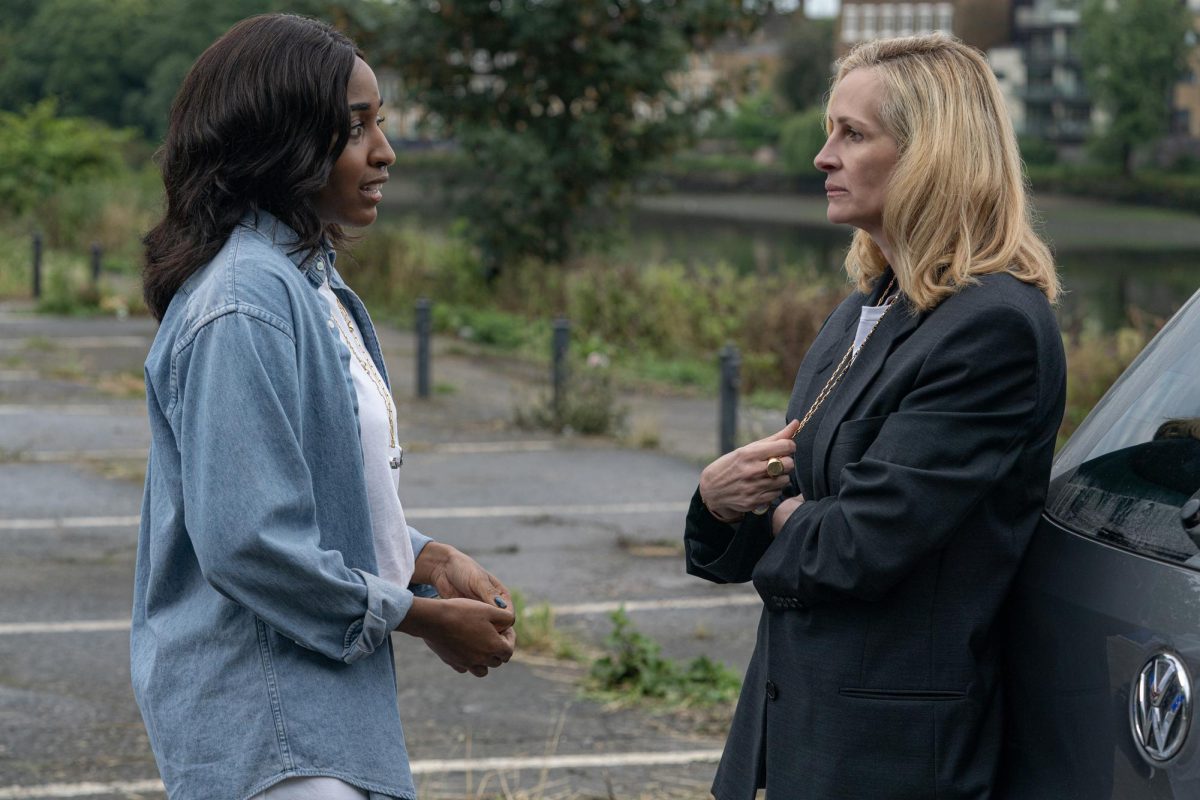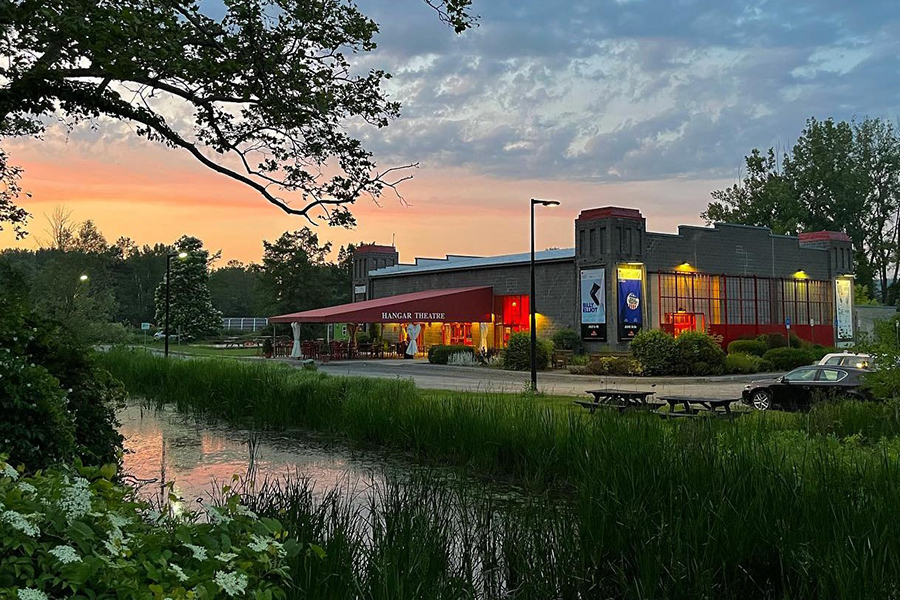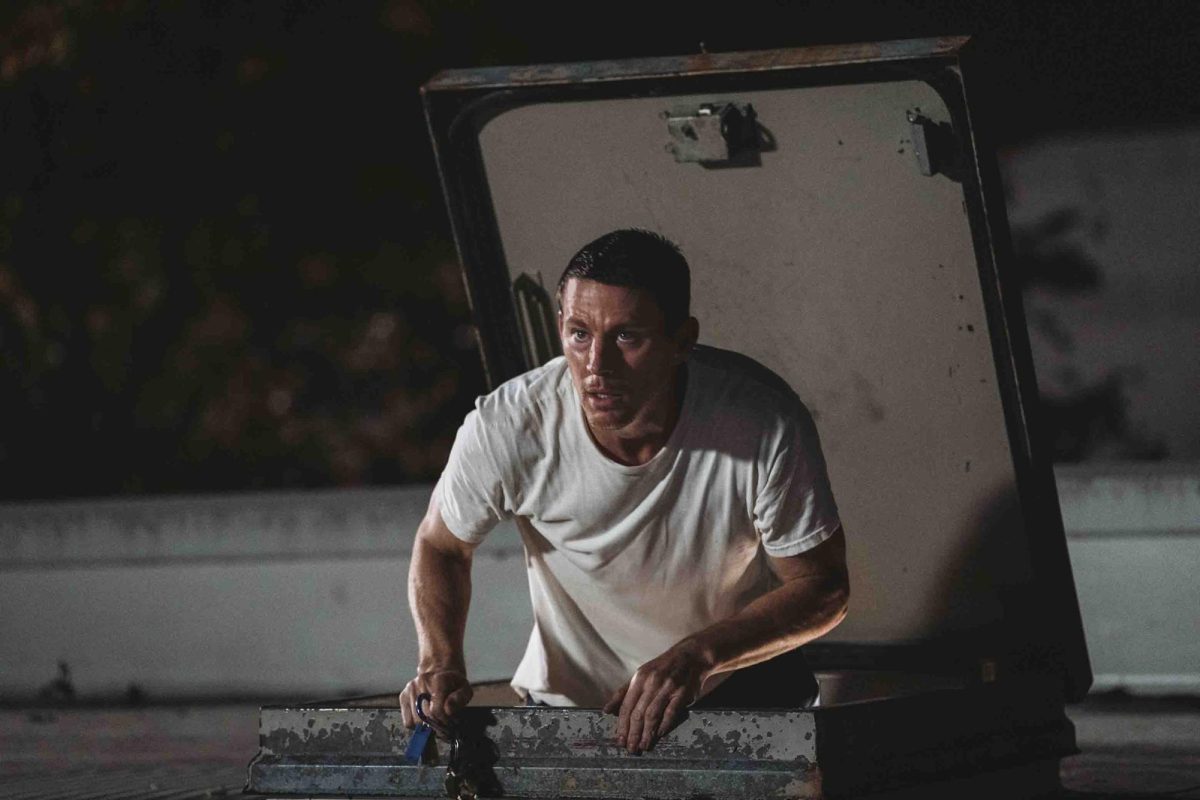On Oct. 11–12 and Oct. 18–19, the Community Arts Partnership of Tompkins County had its 27th annual Greater Ithaca Art Trail. The trail embraces different art styles to share with Ithaca and residents in the surrounding area. The artists on the trail vary in experience; some are newer to the art scene, while others have been in it most of their lives.
The trail presented the works of 55 visual artists who opened their studios up to individuals to give people the opportunity to go see the workspace of the artists and get to speak with them one-on-one. Through the Greater Ithaca Art Trail website, there was an interactive brochure that listed all of the artists and studio information, as well as raffle opportunities. During the coronavirus pandemic in 2020, many artists and studios chose to go online. People can now experience the art in person or online, whichever is easiest for the artist or resident. Artists who choose to have their exhibit online host Zoom sessions to still give the opportunity to have conversations with viewers.
The trail is organized by Robin Schwartz ’79, CAP grant and program director, who has been in the position for 33 years. Schwartz and her team picked up the trail from Ithaca residents who started it in 1997.
The art trail is just one of the many events that the CAP produces. They have the Ithaca Artist Market, the CAP-A-Palooza Art Sale and Spring Writes Literary Festival. They also support local projects and businesses, like Walking on Water Productions and the Newfield Public Library. According to their website, their goal is to embrace the versatile art styles that are scattered throughout the Ithaca area. To participate in the trail, there is a fee ranging from $50 to $299. Another part of Schwartz’s job is managing grants and what they go towards on these occasions.
“Some of the programs have a fee, like the Greater Ithaca Art Trail and the Ithaca Artist Market,” Schwartz said. “We’ll waive it for people who can’t pay for it. We want it to be as accessible to artists as possible.”
Karen Viola has been an artist most of her life and has been a part of the trail for two years. Her piece, “The Question,” was produced for The Soil Factory exhibit in June. She made the specific piece of art for The Soil Factory, which was putting on an exhibition at the time, funded by a grant from CAP called Grants for Arts Programs. The theme of the exhibit was about spirals as a metaphor in life. The Soil Factory is a business that brings art and sustainability together.
“It’s really scary living in these times,” Karen said. “It’s sort of like, how do I find and spin and weave beauty [when] the ruins of this capitalist run–amok society that we are living in is destroying life?”
The piece includes all recycled materials, including cutouts of political yard signs and words on the cutouts from the play “Hamlet.” The piece can be seen on the art trail at the gallery that both her and her husband, Philip Viola, share in their house.
Karen said she noticed her art shift to more eco-friendly forms after watching a documentary called “Albatross.” She said it showed the many ways pollution is damaging not just the environment, but the animals in it.
“I just kind of felt like I didn’t need to go to the paint store and buy paints anymore, because we have all these plastic packaging colors,” Karen said. “And I discovered that you can kind of fuse it together. And I just kind of like the idea of not making waste, like using whatever we have.”
James Burlitch, who takes fine art photography of nature, is a retired chemistry teacher from Cornell University. He said he started this hobby when he built his in-house studio in 2003, right around when he retired and joined the art trail about a year later. He travels the world to capture articulate scenes in nature. However, some of his work that is out of his regular genre has come from his own house.
“Make it ready for somebody to look at,” Burlitch said. “And walk away with it if they are interested. If they don’t … I mean, I have fun doing this, if I didn’t, I wouldn’t do it.”
A piece he calls “Nightmare” is a photograph taken from his own living room. He decided to capture a long exposure photograph of a Christmas tree with LED lights on it. He said he walked slowly around the tree to capture all the LED lights that blink on and off at a 60-cycle frequency. The project produced an eerie-looking photo, a different form of photography compared to his more common pictures of nature.
Burlitch also does all of his printing and packaging in-house, doing each step by hand to always have his eye on the entire process. During the trail, when he had visitors, he was still working through the tasks which they could watch while still gazing throughout his gallery.
Philip Viola produces reimagined photography. He was a chemical engineer for most of his adult life. However, he grew to love photography and embrace this artistic side of himself just a few years ago.
“I just realized I can do my photography, and I can pay more attention to things I see within the photograph,” Philip said. “It was a long journey, it’s never too late.”
He takes pictures of a natural scene and articulates them to alter the perception of the viewer. He said looking meticulously into the world around us and observing what you truly see is the main goal.
“We just don’t really stop and look, you know,” Philip said. “But there’s the texture of the bark, a little hole cut, you would have texture. You would have lines, and that’s what you get, you just start working with the deeper elements of the scene.”
Brian Keeler has been a painter all throughout his life and said his father was also an artist. He has been a part of the trail for over ten years and considers his art to be in the contemporary realism genre. He said his art is used to convey the realness around him, like a similar artist he admires, Norman Rockwell.
“I always wanted to draw, and I started drawing when I was very young, and so that was the main appeal, that I wanted to be able to draw and paint realistically,” Keeler said. “That was what was rewarding to me, to actually portray what I was seeing and experiencing.”
While Keeler has been in the artistic industry for most of his life, he said he still finds a way to learn new things. He said this summer he went to a workshop in Italy to learn more about an ancient painting technique that was used before oil paint existed.
“I always had an ability to draw,” Keeler said. “But there’s been many moments of growth and learning. And that’s what I like about the painting, is that I’m always learning and seeing new work that is inspiring and other artists work who’s very accomplished.”
Schwartz said one thing about the trail is they have many different ages and experiences. Photography, painting and recycled art are just a scratch on the surface to what the local artists of Ithaca have to offer. Other artists include Raven Barn Studio with mosaics, Deborah Jones with wood carving and Jason Rivard with stone sculptures.
“If you look at the variety of people on there, it’s pretty impressive,” Schwartz said. “We have amazing artists in Tompkins County.”


